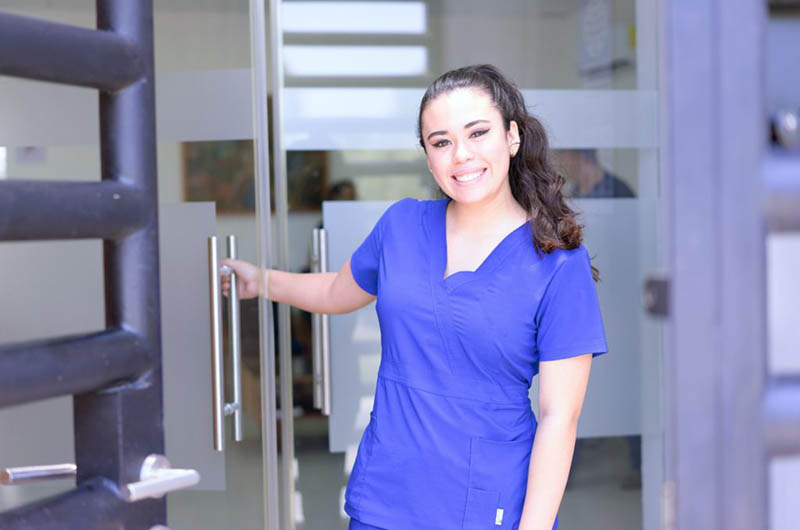
Providing life skills, safety skills, and child care training in order to build safer communities.

As a school nurse, you advocate daily to keep students safe and healthy and have a unique opportunity to bridge health care and education. Offering educational health and safety programs to students provides many measurable and meaningful opportunities to engage with them outside of a health crisis.
With limited time and resources, you need educational programs that are turn-key and help students learn skills that will ensure healthy behaviors and serve high-risk populations. Many students in your school are home alone after school and some even have the responsibility of watching younger siblings during this time. As the school nurse, you can help prepare these students to be safe and healthy at home furthering your goal to help students flourish in school and life.
Safe@Home is a 90-minute program designed for students in grades 4-6 to prepare them to be safe when they are home alone. Students learn how to practice safe habits, prevent unsafe situations, and what to do when faced with dangers such as power failures or weather emergencies. Students are also introduced to the Safe Sitter® First Aid Chart and learn a system to help them assess and respond to injuries and illnesses.
Safe Sitter® Essentials is a next natural step in learning as it prepares students in grades 6-8 for the responsibilities of watching younger siblings and babysitting children. The course content is developmentally appropriate for middle school learners and contains interactive games and role plays to enforce key concepts and ensure healthy behaviors. Students learn:
You engage with students every day and parents trust you to provide the health care their children need to be successful at school. Leverage that trust to provide informational and educational programs to students where they also live, study, and play.
Apply now to start offering Safe Sitter® programs and further promote health and safety in your school.